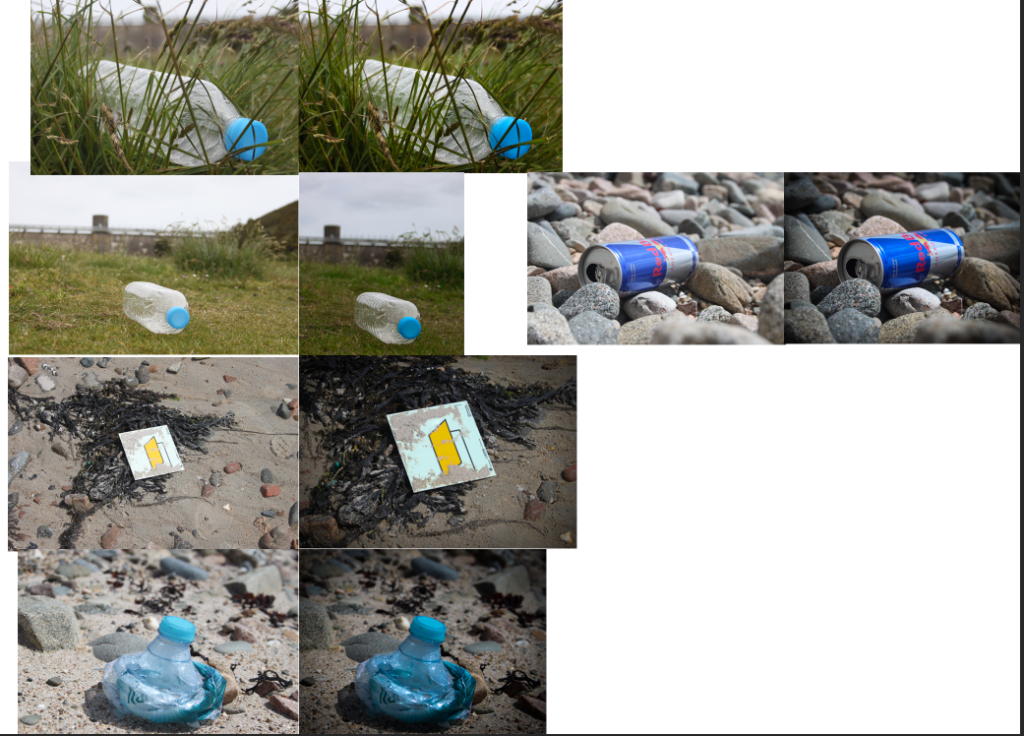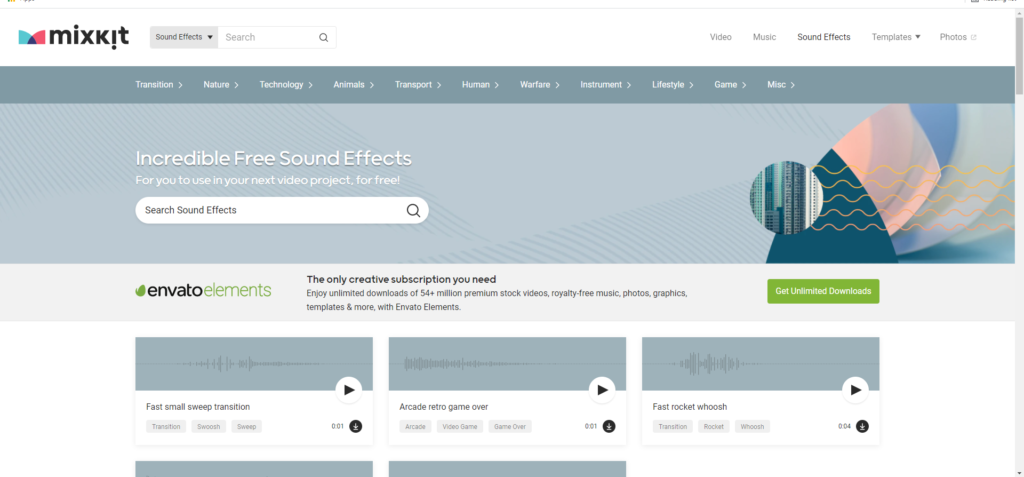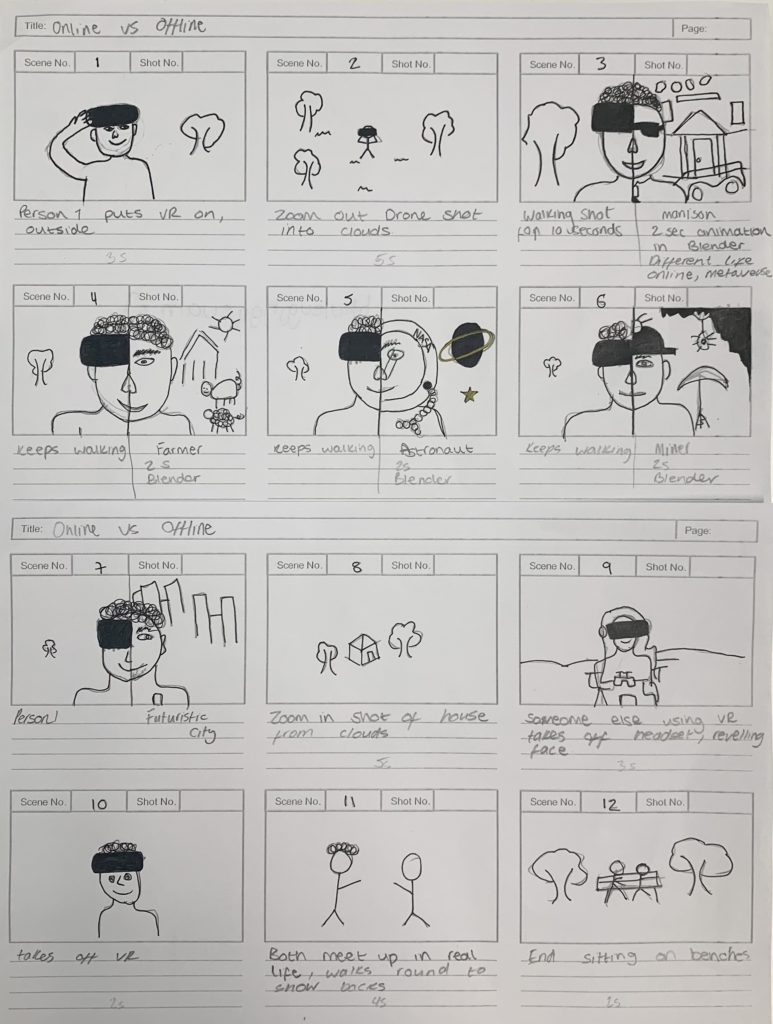
Book in hand: how does it feel? Smell, sniff the paper. It is a hardback book. It smells like a book
Paper and ink: use of different paper/ textures/ colour or B&W or both. There is a slip of loose paper with an image on it. The front is textured and feels like a linen cover
Format, size and orientation: portraiture/ landscape/ square/ A5, A4, A3 / number of pages. Portrait orientation a4 paper. 144 pages with 57 colour photographs
Binding, soft/hard cover. image wrap/dust jacket. perfect binding/saddle stitch/swiss binding/ Japanese stab-binding/ leperello Hard cover with a perfect binding
Cover: linen/ card. graphic/ printed image. embossed/ debossed. letterpress/ silkscreen/hot-stamping. Linen cover with a printed graphic of stitches/ barbed wire and an image of hair and an ear with an earing on the other side
Title: literal or poetic / relevant or intriguing. The title “out of the blue” may reference the idea of something unexpected happening, causing an imbalance to the normality of daily life.
Narrative: what is the story/ subject-matter. How is it told? When looking at the essay in the photo book it is told that it is about a missing person called Suzanne. The story is told by old fashioned photos, images of paper with writing on it, images of old fashioned photos of both her and her parents, images of family items and images of images cut out or covered up referencing that she is not here anymore.
Structure and architecture: how design/ repeating motifs/ or specific features develops a concept or construct a narrative. There is a repeating form of collages of photos partially or completely covered up to reference the disappearance.
Design and layout: image size on pages/ single page, double-spread/ images/ grid, fold- outs/ inserts. The size of images different from page to page as some take up the whole page, half he page or the whole page except a thin white border
Editing and sequencing: selection of images/ juxtaposition of photographs/ editing process. The images all have a retro look to them and the images are chosen to portray a certain message. They start off with an image of a note from the missing person
Images and text: are they linked? Introduction/ essay/ statement by artists or others. Use of captions (if any.) At first you don’t know what is going on and see images of aerial views of a motorway and an image of a note the contents of which I have written below. Then, images of what appears to be a child’s bedroom and images that have the person cut out of. After reading a slip of paper with the essay on you realise it is about a missing girl. There are also a range of family photos of her covered up by other things to represent her disappearance.
Suzzanne Gloria Lyall
The photobook is about the disappearance of a 20 year old women and how the disappearance has effected the family. The photographer has taken images in different ways which are important in conveying messages. She cuts the missing girl out of old family photos and shows the parents of the girl unsure what they should do without her. The photographer has taken loads of old family photos of her and cut her out or covered her up, and placed all of the images on a big wall with strings attached like a detective case. She then photographed the board bit by bit telling the story of her disappearance.




















